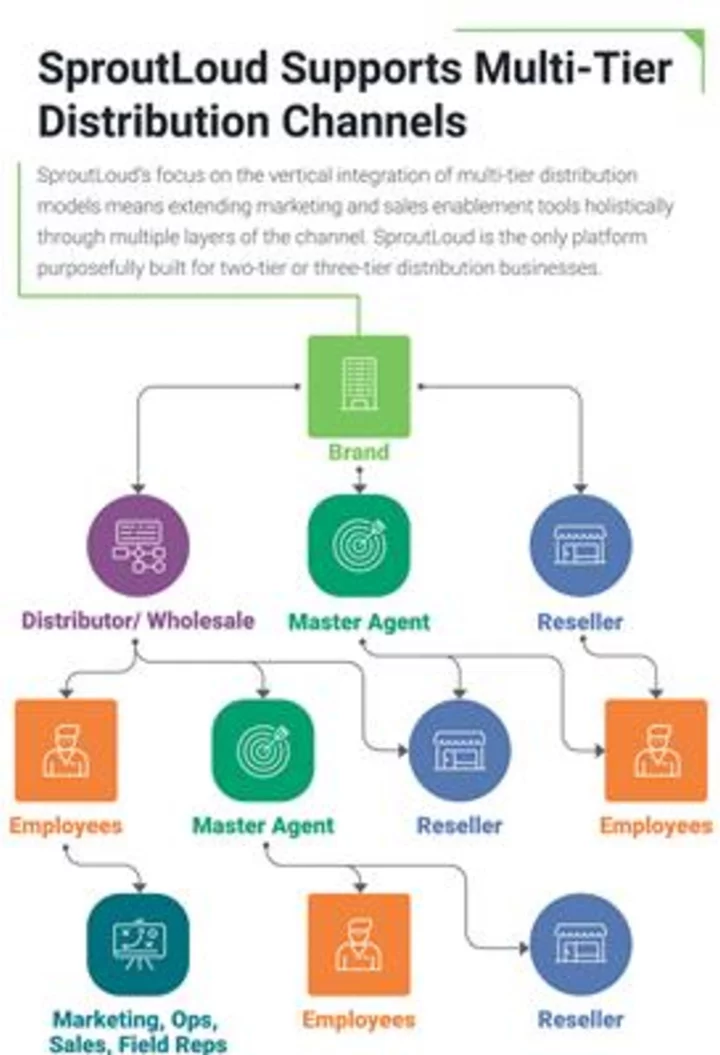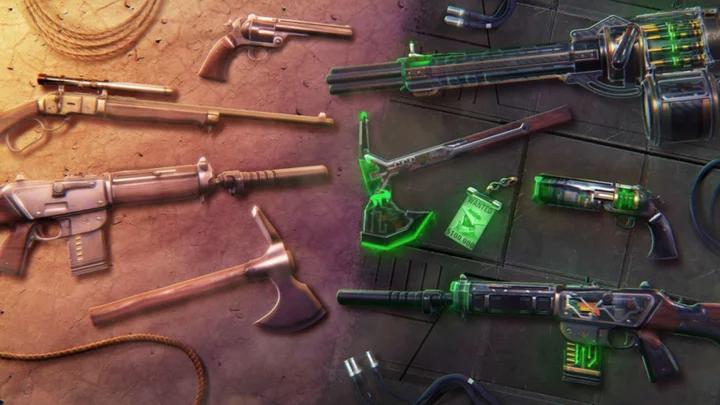
Trend Management Launches New Location in Nashville
NASHVILLE, Tenn.--(BUSINESS WIRE)--Jun 2, 2023--
2023-06-02 20:19

Adin Ross: Broadcaster's statement about streaming leaves NBA pro Dennis Schroder baffled
Adin Ross, who has always been outspoken, is now in the news for a statement that apparently shows his lack of respect for athletes
2023-05-16 18:47

Is Fortnite Dying in 2023? No, Player Count Says Otherwise
Despite exaggerated claims, Fortnite is not dying in 2023 as proven by its player count of 237,524,910 people in the last 30 days alone.
2023-08-18 03:23

Intel Cedes Spotlight at Global Tech Gala to AI Darling Nvidia
When Asia’s biggest computing and electronics show kicked off this week, one name was conspicuously absent: Intel Corp.
2023-05-31 16:21

Asset Managers Are Updating Bond Models to Capture a New Risk
A growing number of asset managers is reassessing bond values tied to real assets, as a spike in
2023-10-22 21:22

Facebook owner Meta starts final round of layoffs
By Katie Paul NEW YORK (Reuters) -Meta Platforms Inc started carrying out the last batch of a three-part round of
2023-05-24 20:28

'Call of Duty' to remain on Playstation
Tech giants Microsoft and Sony reached a deal to keep releasing the popular "Call of Duty" video games on the Playstation...
2023-07-17 00:57

Save over 20% on the Fire TV Cube this Prime Day
TL;DR: The Fire TV Cube is an all-in-one streaming entertainment system, giving you access to
2023-07-10 21:53

Study Finds ‘Net Zero Greenwash’ Is Common in Corporate World
As net zero pledges proliferate, they’re often directly undermined by the lobbying activities of the companies making them,
2023-11-16 14:48

Crypto Startup Nova Labs is Betting on $5 Mobile Phone Plans
Nova Labs Inc., a blockchain startup building what it calls a “decentralized wireless network”, said it’s offering a
2023-08-16 06:54

Carbon-Offsets Verifier Gold Standard Pauses Issuance of CO2 Credits From Zimbabwe
Gold Standard, a verifier of carbon offsets, is temporarily pausing the issuance of credits from projects based in
2023-07-12 18:21

Christine King Farris, sister of Dr. Martin Luther King, dies at 95
Christine King Farris, the eldest sister of the late Dr. Martin Luther King, Jr., died Thursday, according to a Twitter post by her niece, Rev. Bernice King.
2023-06-30 04:15
You Might Like...

YouGov research from LTK Reveals How Creator Marketing Is Boosting UK Retail Sales

TikTok to Moderate Content in Kenya After Petition on Morality

Nintendo Download: Trick or Yeet

Israel's Netanyahu urges Musk to balance free speech, fighting hate on X

Are MrBeast and Elon Musk traveling together? YouTuber responds to Tesla CEO’s Japan trip post: ‘Such a beautiful place’

SproutLoud Introduces Support for Brands with Complex Multi-Tier Distribution Channels

The Kindle has dropped to its lowest-ever price for Prime Day

Valorant Neo Frontier Skins: Price, Release Date
